No Water in Bathroom but Everywhere Else: Expert’s Solutions
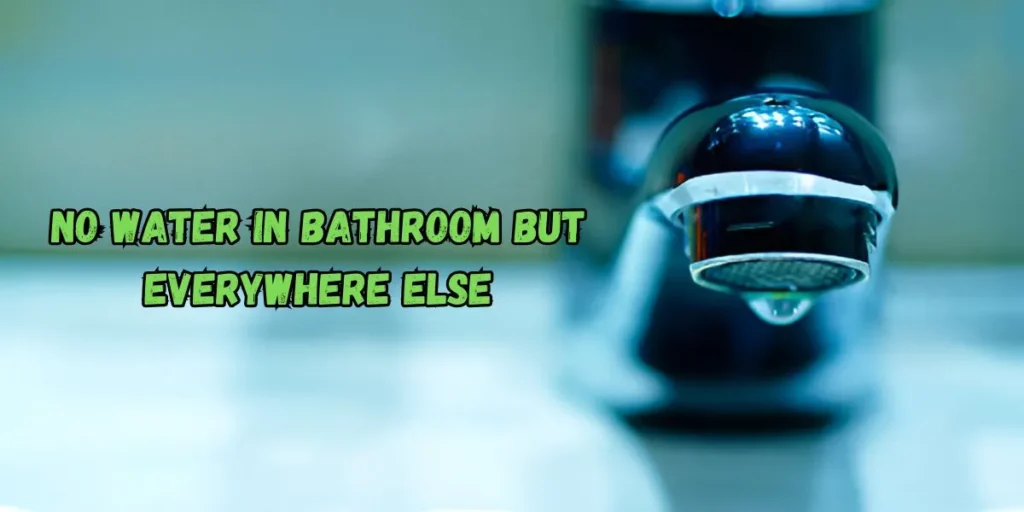
It can be puzzling to experience no water in your bathroom while it flows everywhere else. This issue often arises due to plumbing problems or blockages. Nothing happens when you turn on the faucet or flush the toilet, which can be frustrating and inconvenient.
Addressing water supply problems in the bathroom is very important. If you ignore these issues, they can lead to more significant problems. For example, a small leak can cause water damage or mold growth. Low water pressure can also make it hard to clean or shower properly.
Identifying and fixing these problems early can keep your bathroom functional and comfortable. Regular maintenance, such as checking pipes and fixtures, can help prevent issues from arising. If you notice any trouble, it’s best to act quickly. This way, you can ensure your bathroom remains a reliable space in your home, providing the water you need when you need it.
Understanding Bathroom Plumbing Issues
Bathroom plumbing issues can be frustrating and disrupt your daily routine. Understanding them is essential for fixing problems quickly.
Common Bathroom Plumbing Issues
One common issue is a clogged drain. Hair, soap, and other debris can build up over time, leading to slow drainage or water backing up. Another issue is a leaky faucet. A constant drip wastes water and can indicate a bigger problem. Then, there’s the running toilet, which can waste a lot of water and increase your bill.
How These Problems Affect Water Supply
These plumbing issues can affect your water supply. For example, if pipes are clogged, water may not flow properly, leading to low water pressure in your bathroom. A leak might divert water from your fixtures, leaving little to no water.
Understanding these problems is key. When you know what to look for, you can act quickly. Fixing issues early can save you time and money. Regular maintenance can also help ensure that your bathroom plumbing works well.
Identifying Water Supply Problems
Water supply problems in the bathroom can be a big hassle. Knowing how to spot them can save you time and stress. Let’s look at the signs and reasons why you might have a lack of water.
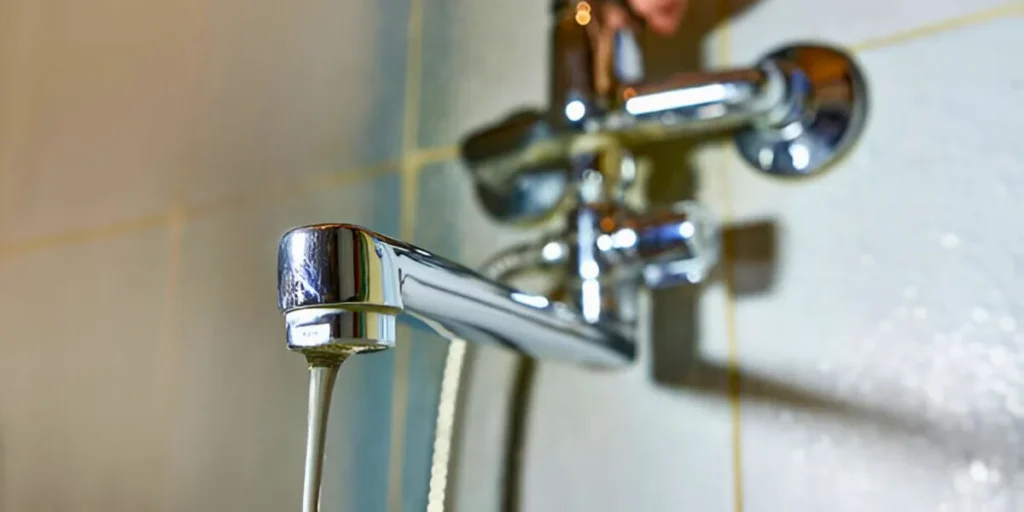
Signs of Water Supply Problems
One of the first signs is low water pressure. If your shower or faucet barely drips, that’s a red flag. Another sign is inconsistent water flow. You may notice that water comes out intense in one moment and weak in the next. If your toilet does not fill up quickly after flushing, it may also indicate a problem. Lastly, strange noises in the pipes can signal that something is wrong.
Possible Reasons for Lack of Water
There are several reasons why the bathroom might be without water. Clogged pipes are a common issue. When debris builds up in the pipes, it restricts water flow. Another reason could be a faulty valve. If the water shut-off valve is not fully open, it can limit the water supply to your bathroom.
Sometimes, problems with the main water supply, such as a break or blockage in the lint, can affect water delivery. Lastly, living in an area with low water pressure can also impact your bathroom.
Diagnosing No Water Pressure in the Bathroom
Experiencing low water pressure in your bathroom can be frustrating. It makes simple tasks like showering and washing hands difficult. Let’s explore what causes this issue and how to diagnose it.
Causes of No Water Pressure in Bathroom
Several factors can cause low water pressure in your bathroom. One common reason is clogged pipes. Over time, mineral buildup, hair, and soap can block the pipes, restricting water flow and lowering pressure. Another reason might be a faulty faucet or showerhead. If worn out, these fixtures may not allow water to flow correctly.
The problem lies with the water supply line. If there’s a break or blockage in this line, it can affect pressure. Additionally, if your home has old plumbing, it might not handle water pressure well. Finally, if your neighbors use too much water, it may also impact your supply.
Checking if the Issue is Localized or Widespread
Do a quick test to determine if the issue is just in your bathroom or affects the whole house. First, check other faucets in your home. If the toilet has normal pressure, the problem is likely localized to it.
Next, look for signs of leaks. Check under sinks and around toilets. If you see water pooling, you may have a leak causing the pressure drop.
Troubleshooting Common Problems
Bathroom issues can disrupt your daily routine. Let’s troubleshoot common problems like a non-working faucet, water leaks, and clogged pipes. Identifying and fixing these issues can save you time and stress.
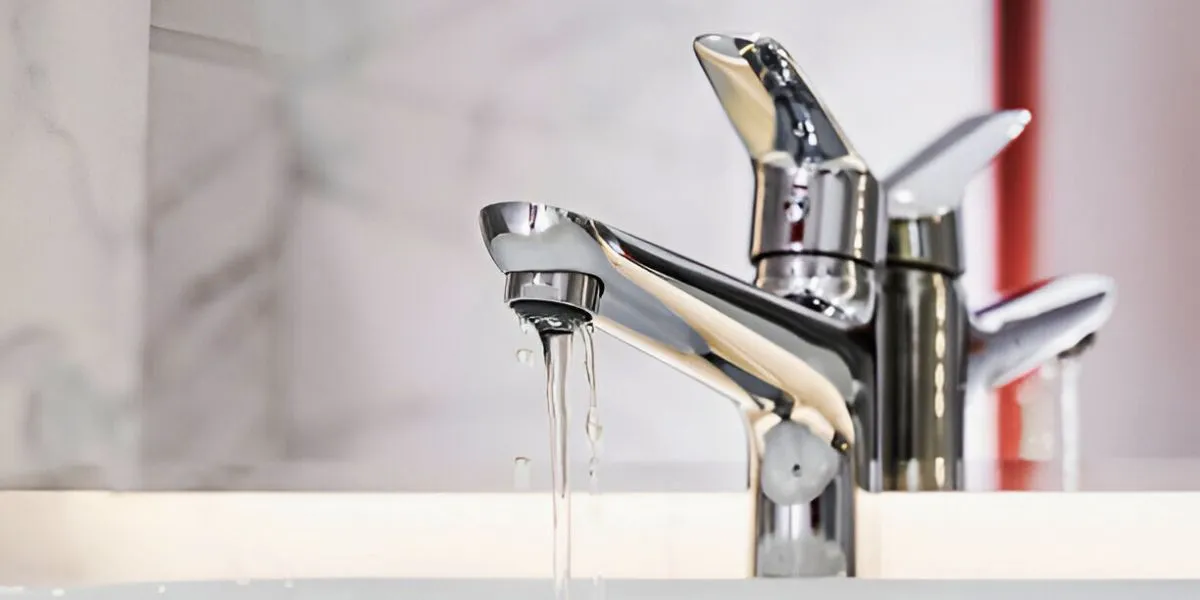
4.1 Bathroom Faucet Not Working
It can be annoying if your bathroom faucet doesn’t work. First, check if the water supply is turned on. Look under the sink and ensure the valves are fully open. If the supply is on, but the faucet still doesn’t work, it might be clogged.
To diagnose the problem, remove the faucet aerator from the small screen at the faucet’s tip, clean it thoroughly, and reattach it. If that doesn’t help, you may have a faulty cartridge inside the faucet. Replacing the cartridge can usually fix this issue.
If you are unsure how to do this, consult the manufacturer’s instructions or ask a plumber for help. Regular maintenance can prevent future faucet problems.
4.2 Water Leak Detection
Water leaks can cause severe damage to your bathroom, so detection is crucial. For example, an increased water bill without explanation may indicate a leak.
To identify leaks, check under sinks, around toilets, and near the shower. Look for water stains, puddles, or a musty smell. You can also do a simple test. Turn off all water sources in your home. Then, check your water meter. If the meter is still moving, there’s likely a leak somewhere.
Early detection can prevent costly repairs. If you find a leak, it’s best to fix it or call a plumber for assistance immediately.
4.3 Clogged Bathroom Pipes
Clogged bathroom pipes can cause significant water outages. Hair, soap, and debris often cause clogs. If you notice slow drainage, act quickly.
To clear a clog, start with a plunger. Use it on the sink or tub to create pressure to dislodge the blockage. If that doesn’t work, try a drain snake. This tool can reach deep into the pipes to remove stubborn clogs.
You can also use a mixture of baking soda and vinegar. Pour half a cup of baking soda down the drain, followed by half a cup of vinegar. Wait for about 30 minutes, then flush with hot water. This natural method can help break down minor clogs.
Managing the Water Shut-Off Valve
The water shut-off valve is important to your home’s plumbing system. It controls the flow of water into your house. Knowing how to manage this valve can help you during emergencies. Let’s explore its function and how to locate and operate it.
What is the Water Shut-Off Valve?
The water shut-off valve, usually near the main line, stops water flow to your home. When you turn this valve off, all water enters your home. This is useful during repairs or emergencies, such as a burst pipe.
How to Locate and Operate the Shut-Off Valve
To find the shut-off valve, start in the basement or crawl space. Look along the wall where the water line enters. In some homes, it may be in a utility room or even outside. The valve might be near the water meter if your home has a slab foundation.
Once you locate the valve, it’s time to operate it. Most shut-off valves have a round handle or a lever. To turn it off, rotate the handle clockwise or push the lever to the closed position. Always ensure it is fully closed to stop the water flow.
Home Water Supply Troubleshooting
Having issues with your home water supply can be frustrating and affect your daily life. Knowing how to troubleshoot these problems can help you find solutions quickly. Let’s review some general steps to troubleshoot water supply issues. We will also discuss when to call a professional plumber.
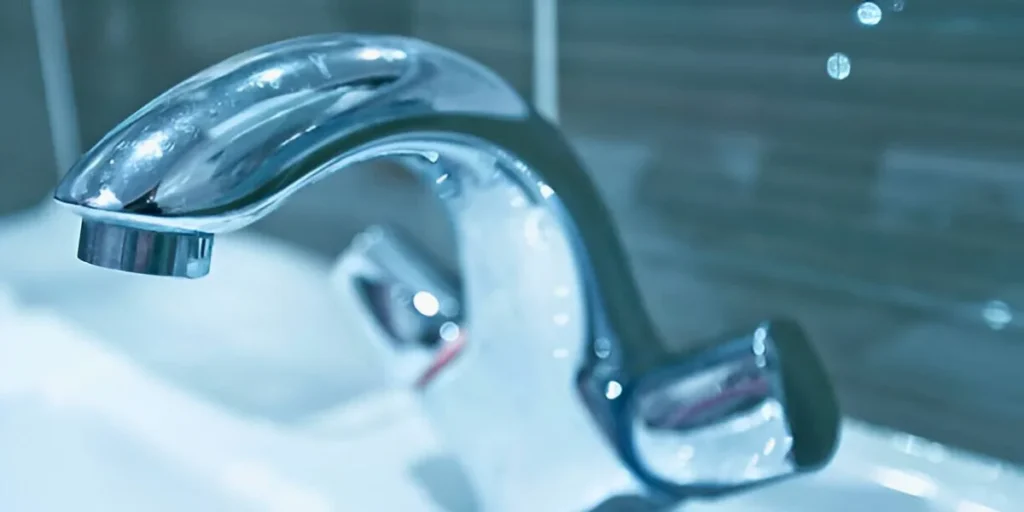
General Steps for Troubleshooting
Start by checking if the problem is isolated to one area. If only one faucet has low pressure, the issue might be local. First, check the faucet for clogs. Remove the aerator, clean it, and see if that helps.
Next, check other fixtures in your home. The problem could be with the main water supply if they all have low pressure. Look for signs of leaks around pipes, especially near the shut-off valve. If you see water stains or puddles, that might indicate a leak.
You should also check the water shut-off valve and ensure it is fully open. Sometimes, it can be slightly closed, causing low water pressure.
When to Call a Professional Plumber
If you have tried these steps and the issue persists, it may be time to call a plumber. A professional can diagnose problems that are hard to see. They can check for hidden leaks, pipe blockages, or issues with the main water line.
Routine Bathroom Plumbing Maintenance
Regular bathroom plumbing maintenance is crucial for a healthy home. It helps prevent more significant problems, and keeping your plumbing in good shape saves time and money. Let’s discuss the importance of maintenance and some easy tips for keeping your plumbing system running smoothly.
Importance of Regular Maintenance
Over time, bathroom plumbing can experience many issues, including clogs, leaks, and worn-out fixtures, leading to costly repairs. Regular maintenance helps catch these problems early and ensures everything works appropriately, reducing the risk of unexpected breakdowns.
A well-maintained plumbing system can also save water, which is good for the environment and your wallet. Addressing minor issues promptly can also prevent major headaches later.
Tips for Maintaining a Healthy Plumbing System
- Inspect for Leaks: Check under sinks and around toilets for any signs of leaks. Early detection can save you from water damage.
- Clean Drains Regularly: Use a baking soda and vinegar to clear drains. This helps prevent clogs caused by soap and hair buildup.
- Check Fixtures: Regularly inspect faucets and showerheads for drips. Replace worn-out washers or cartridges as needed.
- Flush the Toilet: Ensure your toilet flushes properly. If it runs continuously, it might need a new flapper.
- Schedule Professional Inspections: Consider having a plumber inspect your system once a year. They can identify issues you might miss.
Dealing with Emergency Water Shut Off
An emergency water shut-off can happen suddenly, which can be stressful and confusing. Knowing what steps to take can help you manage the problem effectively. Let’s review what to do during an emergency water shut-off and how to minimize damage until a plumber arrives.
Steps to Take During an Emergency Water Shut-Off
First, locate your main water shut-off valve. This valve controls the water flow into your home. Turning it off stops all water supply. Rotate the valve clockwise to shut it off completely. If you have individual shut-off valves for fixtures, turn those off as well.
Next, turn off any water-using appliances, including your washing machine, dishwasher, and water heater. This will help prevent further water flow and reduce the risk of damage.
How to Minimize Damage Until a Plumber Arrives
After shutting off the water, check for leaks or flooding. If you see water pooling, use towels or buckets to soak it up. Move furniture or valuables away from the water to prevent damage.
If you have a sump pump, turn it on to help remove water. If not, you can use a wet/dry vacuum.
Finally, call a professional plumber as soon as possible. Explain the situation clearly. They can provide guidance and arrive quickly to fix the problem.
Addressing Pipe Blockage in Bathroom
A pipe blockage in the bathroom can be a real hassle. It can lead to slow draining or even complete backups. Understanding how these blockages happen can help you prevent them. Let’s explore the common causes of pipe blockages and how to remove them safely.
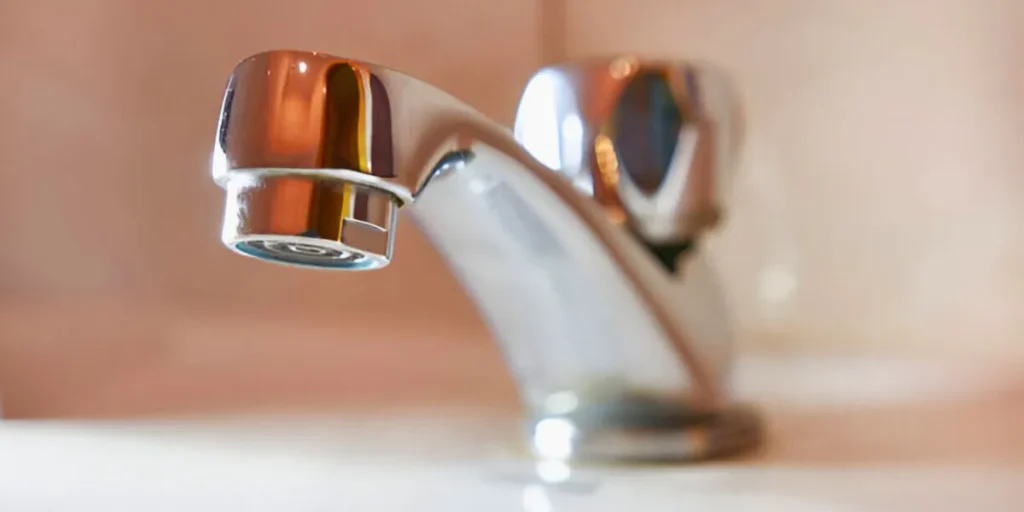
How Pipe Blockage in Bathroom Can Occur
Blockages often occur due to buildup of hair, soap, and other debris. Over time, these materials can collect and form a clog. Flushing items that should not go down the toilet can also lead to blockages. Items like wipes, cotton balls, and dental floss can cause serious problems. They can stick to pipes and create clogs even if they say they are flushable.
Solutions for Removing Blockages Safely
If you notice slow drainage, it’s time to act. Start by using a plunger. This tool creates pressure that helps dislodge simple clogs. Then, overflow the drain with a wet cloth for better suction.
If plunging doesn’t work, try a drain snake. This flexible tool can reach deep into pipes to break up and remove clogs. Insert it into the drain and turn it to grab the blockage.
You can use baking soda and vinegar as a natural solution. Pour half a cup of baking soda down the drain, followed by half a cup of vinegar. Let it sit for about 30 minutes, then rinse with hot water. This method can help clear minor clogs without harsh chemicals.
Understanding the Water Distribution System
The water distribution system is vital for delivering water to homes and businesses. It ensures you have access to clean, fresh water when needed. Let’s explore how this system works and what factors can affect water flow.
How the Water Distribution System Works
The water distribution system begins at the treatment plant. Here, water is cleaned and purified. Once treated, the water travels through large pipes called mainlines. These mainlines lead to smaller pipes that branch out into neighborhoods.
When you turn on a faucet, water flows from the mainline through these pipes into your home. The system is designed to maintain pressure, ensuring water reaches all fixtures, regardless of location.
Factors That Can Affect Water Flow
Several factors can impact water flow to specific areas. One common issue is pipe size. If the pipes are too small, they may not provide enough water. Similarly, pressure can drop if many homes are connected to one line.
Leaks in the system can also cause problems. For example, a broken pipe can divert water from your home, causing low pressure.
Finally, water usage during peak times can affect flow. If many people use water at once, such as in the morning, you might notice a pressure drop.
Conclusion
In summary, understanding your home’s plumbing is essential. We discussed identifying common issues, like low water pressure and clogged pipes. Regular maintenance, such as checking for leaks and cleaning drains, can prevent many problems.
Knowing how to shut off the water supply can prevent extensive damage in an emergency. Simple tools like a plunger or drain snake can help if you encounter a blockage or leak. However, if issues persist, it’s essential to seek help from a professional plumber.
Plumbers have the experience and tools needed to resolve complex problems. They can ensure your plumbing system runs smoothly and efficiently. Remember, taking care of your plumbing now can save you from more significant headaches later. Don’t hesitate to reach out for help when you need it. Your home deserves the best care!
Frequently Asked Questions (FAQs)
This issue often occurs due to a blockage or a problem with the bathroom's plumbing. A closed shut-off valve or damaged pipes can also cause it.
Locate your home's main water shut-off valve and ensure it is fully open. If it is closed, check individual valves under sinks and behind toilets.
Inspect visible pipes for moisture or water stains if you suspect a leak. You can also listen to dripping sounds. If you find a leak, contact a plumber immediately.
Yes, clogs can block water flow to fixtures. Hair, soap, and debris can build up in pipes, preventing water from reaching your bathroom. Regular cleaning can help prevent this.
Try using a plunger or a drain snake to clear a clogged drain. Baking soda and vinegar can also help break down minor clogs.
If you cannot identify the problem or if it persists after trying basic fixes, it’s best to call a plumber. They have the tools and expertise to resolve complex plumbing issues.
Regular maintenance is key. Check for leaks, clean drains, and inspect pipes periodically. Addressing minor issues early can help prevent more significant problems later.
Related Posts
-
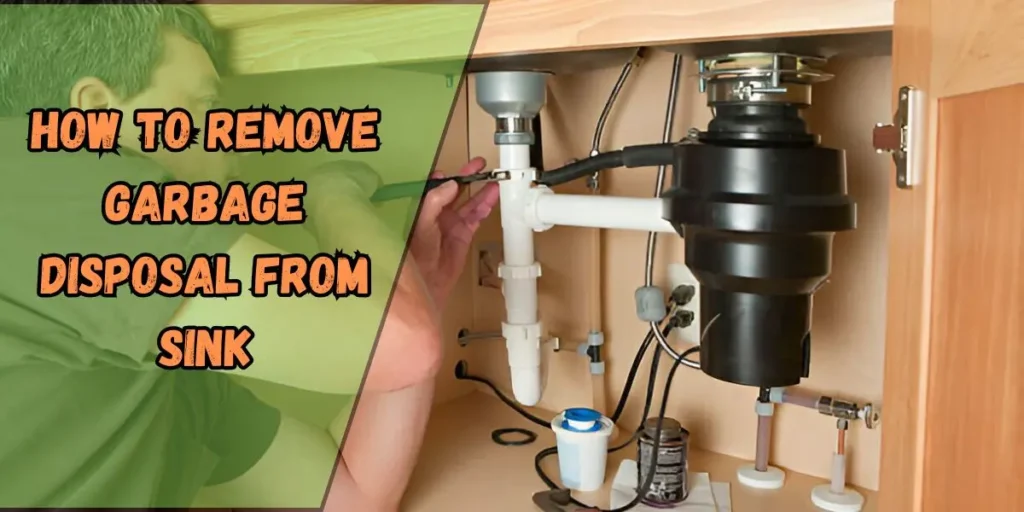 03 Jan 2025 SinkLearn How to Remove Garbage Disposal From Sink 2025
03 Jan 2025 SinkLearn How to Remove Garbage Disposal From Sink 2025 -
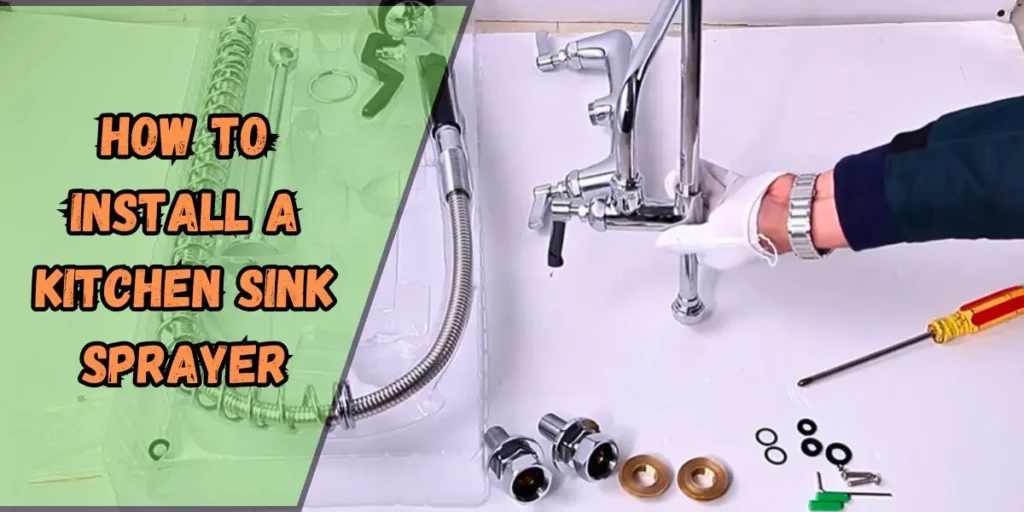 03 Jan 2025 SinkHow to Install a Kitchen Sink Sprayer in Simple Steps 2025
03 Jan 2025 SinkHow to Install a Kitchen Sink Sprayer in Simple Steps 2025 -
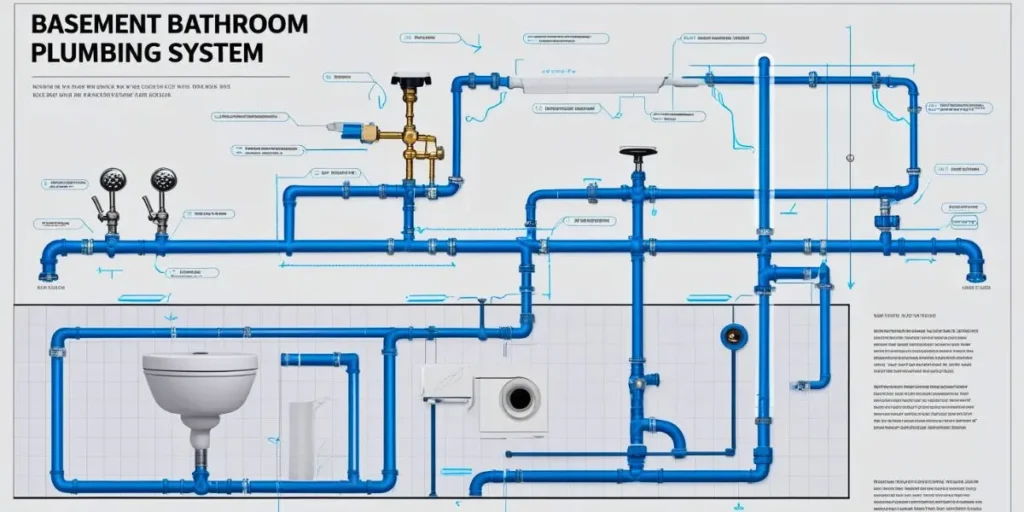 30 Dec 2024 RemodelSimple & Effective: Basement Bathroom Plumbing Diagram
30 Dec 2024 RemodelSimple & Effective: Basement Bathroom Plumbing Diagram -
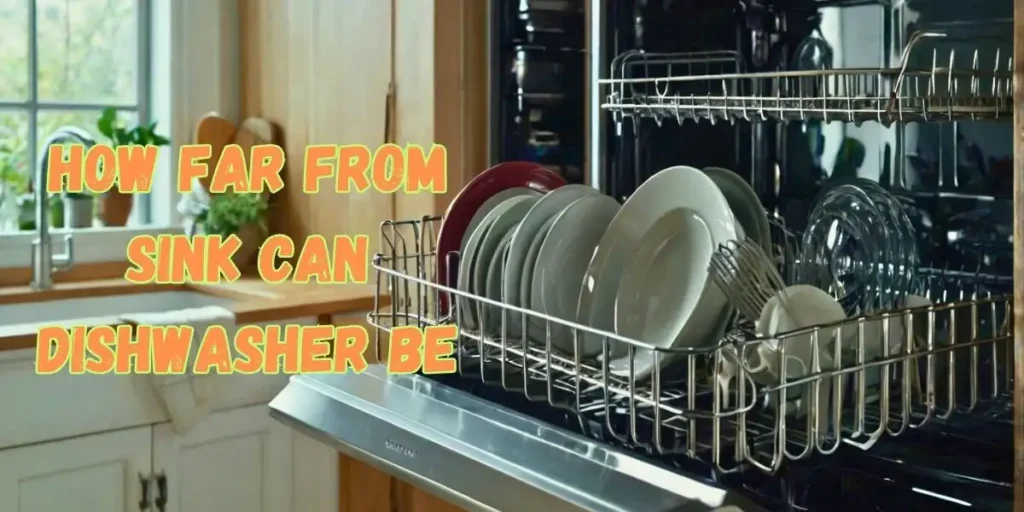 30 Dec 2024 SinkHow Far from Sink Can Dishwasher Be? Key Facts Explained
30 Dec 2024 SinkHow Far from Sink Can Dishwasher Be? Key Facts Explained -
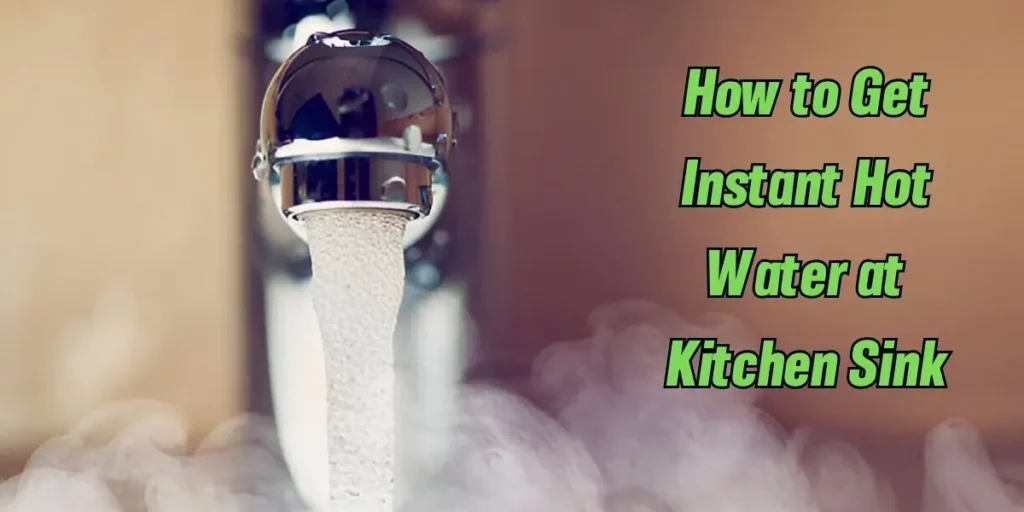 29 Dec 2024 SinkHow to Get Instant Hot Water at Kitchen Sink
29 Dec 2024 SinkHow to Get Instant Hot Water at Kitchen Sink -
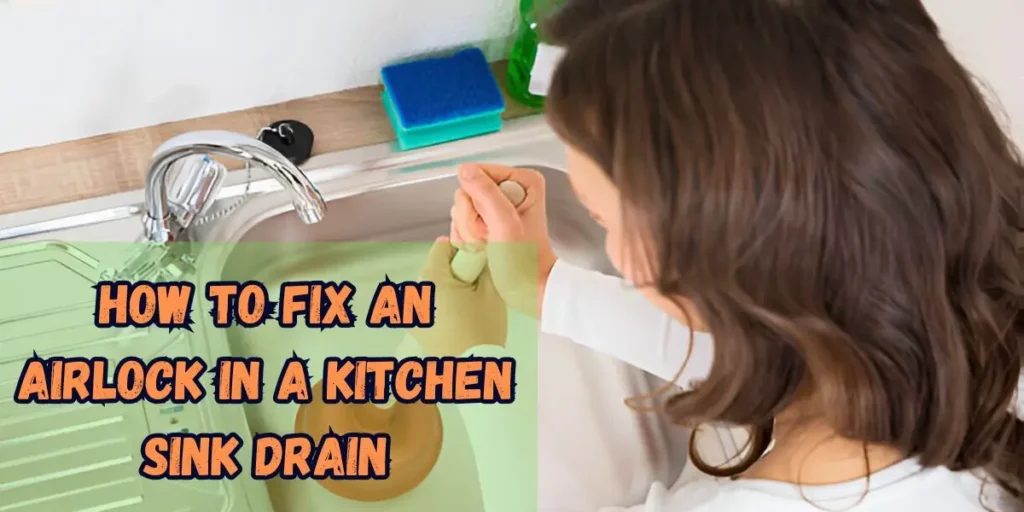 28 Dec 2024 SinkHow to Fix an Airlock in a Kitchen Sink Drain: A Step-by-Step Guide
28 Dec 2024 SinkHow to Fix an Airlock in a Kitchen Sink Drain: A Step-by-Step Guide -
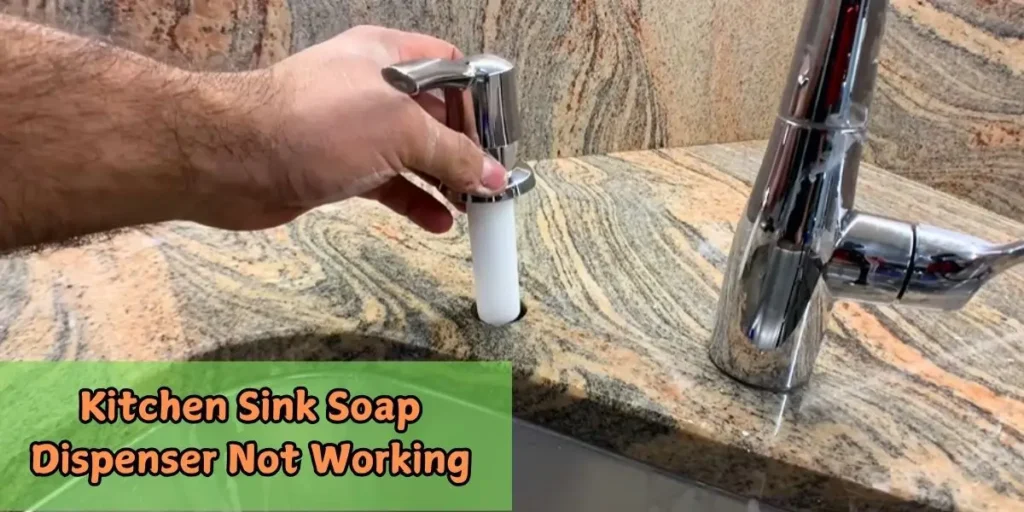 27 Dec 2024 SinkKitchen Sink Soap Dispenser Not Working? Here’s How to Fix It
27 Dec 2024 SinkKitchen Sink Soap Dispenser Not Working? Here’s How to Fix It -
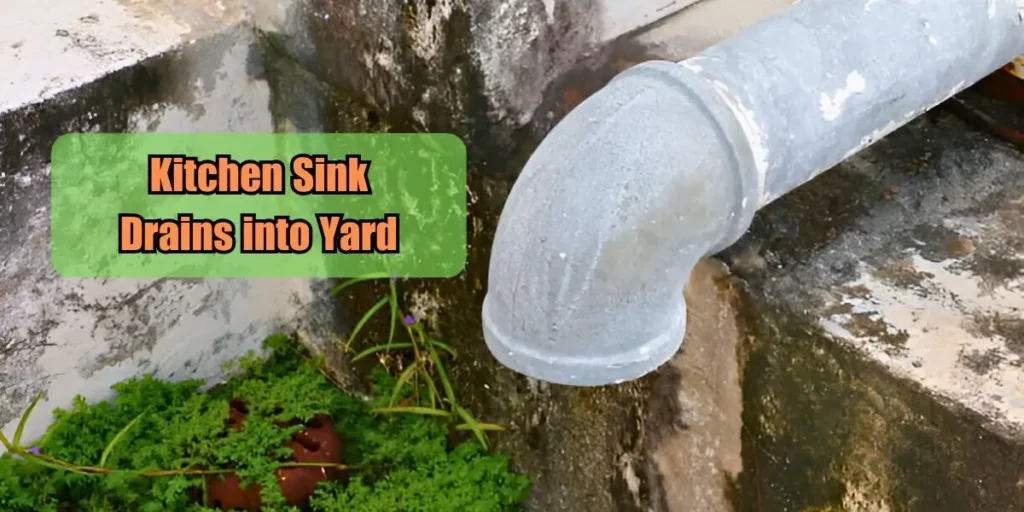 26 Dec 2024 SinkKitchen Sink Drains into Yard: Causes, Solutions
26 Dec 2024 SinkKitchen Sink Drains into Yard: Causes, Solutions -
 26 Dec 2024 SinkNo Water in Bathroom but Everywhere Else: Expert's Solutions
26 Dec 2024 SinkNo Water in Bathroom but Everywhere Else: Expert's Solutions -
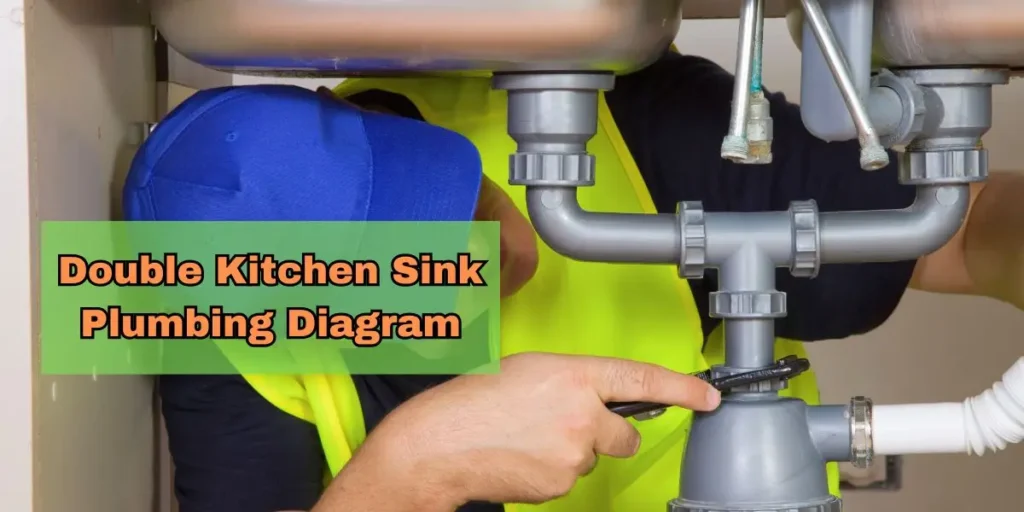 26 Dec 2024 SinkDouble Kitchen Sink Plumbing Diagram: A Visual Guide
26 Dec 2024 SinkDouble Kitchen Sink Plumbing Diagram: A Visual Guide

